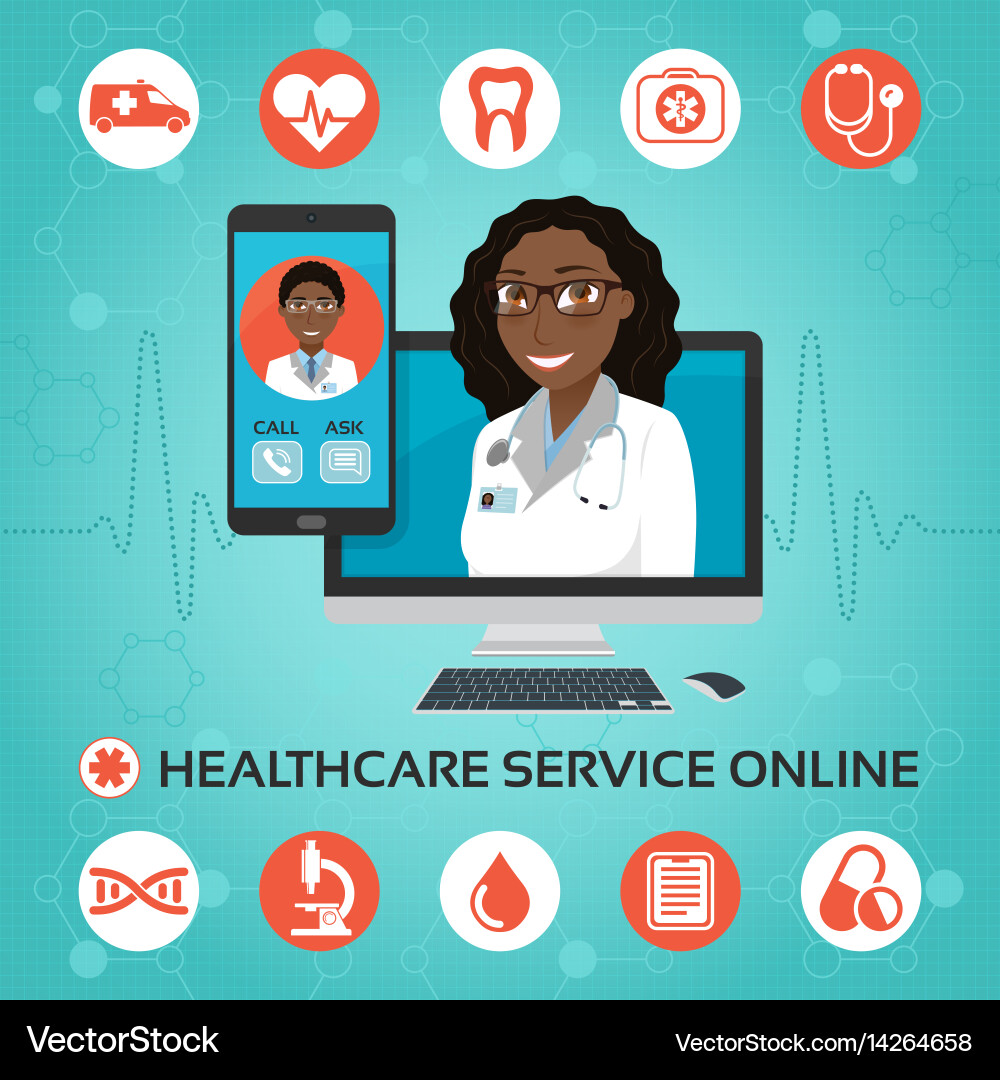Comprehending the Expense Savings of Subscription Based Healthcare for Families
Comprehending the Expense Savings of Subscription Based Healthcare for Families
Blog Article
Exactly How Subscription-Based Healthcare Is Transforming the Clinical Market

The Rise of Registration Health Care
In the last few years, the medical care market has actually experienced a considerable change towards subscription-based versions, showing more comprehensive customer fads favoring comfort and predictability. This transformation is driven by the raising demand for more obtainable and personalized care options. Subscription health care, occasionally described as attendant medicine or straight health care, offers individuals a fixed month-to-month cost for an array of medical services, considerably altering standard fee-for-service models.
The increase of registration health care is promoted by innovations in technology, which allow streamlined interaction in between service providers and clients - subscription based healthcare. Digital systems and telehealth solutions have actually ended up being essential, using people the ability to arrange consultations, access clinical documents, and obtain examinations online. This technical integration not only boosts person involvement yet likewise enables providers to supply extra effective treatment
Moreover, the subscription version lines up with the progressing assumptions of people that look for even more control over their healthcare expenditures and experiences. By getting rid of the unpredictability of co-pays and insurance coverage cases, subscription-based medical care provides a uncomplicated and clear method. While this version is getting traction, its expansion deals with difficulties such as regulatory obstacles and the necessity for broader approval within the typical health care environment. However, its growing presence marks a pivotal moment in the evolution of health care shipment.
Benefits for Companies and individuals
Subscription-based health care provides a multitude of benefits for both carriers and individuals, improving the characteristics of clinical treatment. For patients, this model provides enhanced accessibility to medical care services.
For medical care providers, subscription-based models cultivate an even more sustainable and satisfying method. Administrative jobs are commonly structured, decreasing overhead prices and allowing companies to dedicate even more time to client communication. Generally, subscription-based health care aligns the motivations of clients and providers, promoting a much more patient-centered and efficient healthcare shipment system.
Key Functions of the Model
Frequently, the crucial attributes of the subscription-based health care version highlight its distinct technique to supplying medical solutions. Central to this version is the principle of predictable, monthly repayments, offering people a comprehensive range of solutions without the changability of conventional fee-for-service structures. This design commonly consists of unlimited access to main care services, preventative treatment, and regular exams, guaranteeing that people can involve with their medical care providers proactively instead of reactively.
Furthermore, direct interaction channels, such as telemedicine and messaging platforms, are highlighted, allowing clients to obtain timely recommendations and appointments without requiring in-person appointments. This boosts accessibility and ease, especially for individuals with mobility restrictions or those staying in remote areas. The model also cultivates more powerful doctor-patient relationships, as doctor are incentivized to concentrate on long-term see this here health and wellness outcomes as opposed to short-term sees.
Furthermore, subscription-based medical care usually incorporates technical advancements, such as electronic health records and wellness monitoring apps, to give reliable and tailored care. Patients gain from collaborated and continuous treatment administration, which is tailored to their specific health and wellness needs. Ultimately, these features jointly produce a patient-centered healthcare experience, prioritizing ease of access, price openness, and precautionary care.

Difficulties and Factors To Consider
While the subscription-based health care model uses many advantages, it is not without its considerations and challenges. One significant obstacle is guaranteeing equitable accessibility. Membership models may unintentionally prefer those with greater socioeconomic standing, possibly expanding disparities in health care gain access to for lower-income individuals that may battle with regular monthly charges. This elevates moral problems about inclusivity and equity in medical care delivery.
One more obstacle lies in governing conformity. Subscription-based medical care needs to browse a complex internet of guidelines that differ by region, including concerns around individual privacy, information security, and state licensing demands. Ensuring conformity without hampering the design's flexibility and innovation can be daunting for service providers.
In addition, there is the risk of go overutilization or underutilization of services. Clients paying a repaired cost could overuse solutions, causing boosted functional prices, while others could underutilize as a result of fear of straining the system, possibly disregarding required treatment.
Future Prospects and Innovations
The landscape of subscription-based medical care is poised for improvement through arising developments and evolving potential customers. As innovation continues to advancement, the combination of expert system and artificial intelligence offers considerable chances to improve diagnostic precision and simplify person monitoring. Anticipating analytics can change precautionary treatment by identifying potential wellness threats prior to they manifest, consequently lowering both prices and the burden on health care systems.
In addition, telemedicine is readied to broaden within membership models, offering clients boosted accessibility to healthcare specialists no matter geographical constraints. This not only helps with connection of care but additionally equips patients to engage even more actively in their health and wellness management. Furthermore, blockchain technology offers potential in securing person information and making sure interoperability throughout platforms, promoting depend on and openness.
Partnerships in between technology companies and healthcare service providers are most likely to generate ingenious remedies, enhancing patient experiences and outcomes. As these potential customers appear, subscription-based health care has the prospective to redefine how treatment is delivered and accessed.
Verdict
Subscription-based medical care is transforming the clinical industry by providing a more obtainable, predictable, and patient-centered method to clinical solutions. Despite obstacles such as governing hurdles and prospective variations in gain access to, the subscription version holds promise for a more customized and effective healthcare experience.
Membership health care, often referred to as concierge medicine or direct key care, offers people a set monthly cost for a variety of clinical solutions, substantially changing typical fee-for-service models.
Furthermore, the subscription design lines up with the progressing assumptions of patients that look for more control over their healthcare expenditures and experiences. For patients, this model provides enhanced accessibility to healthcare services. In general, subscription-based health care lines up the incentives of carriers and clients, promoting a webpage much more patient-centered and effective medical care distribution system.
Furthermore, telemedicine is established to expand within registration models, offering clients raised access to medical care experts no matter of geographical restraints. - subscription based healthcare
Report this page